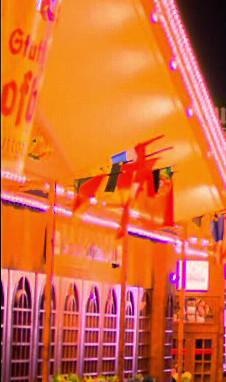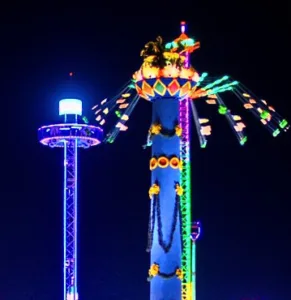Keith Slavin of ISO Video presented a method for automated tone mapping of unsaturated HDR content down to an SDR range and BT.709 color gamut for distribution as an SDR signal. By using the inverse tone map at the end user display, one can then restore the HDR image without sending metadata. He calls his approach SDR+.
Currently, there is considerable industry discussion around the best ways to distribute HDR and SDR content. Some believe that distributing HDR content with conversion to SDR at the TV or set-top box is the way to go. Others, like Technicolor and now ISO Video, think the SDR version should be sent with conversion to HDR at the set-top box or TV.
Slavin’s definition of SDR+ seems to be a 100 cd/m² peak luminance with a BT.709 color gamut at either 8- or 10-bits. He thinks this content can be encoder agnostic meaning using existing AVC or HEVC encoders, depending upon the available equipment. However, in his paper, he notes that playback of SDR content on an HDR display is much more likely to identify artifacts that were not as visible on an SDR display. This includes noise, blur, motion judder, added flicker, contouring and compression and de-interlacing artifacts. As a result, Slavin concludes that 8-bit SDR content compressed with MPEG2 is not high enough quality to allow conversion to HDR at an HDR TV. He claims that 8-bit SDR-to-HDR conversion works well, but that is for others to judge.
Slavin also calls the creation of SDR+ a tone mapping operation, but it apparently includes optional color gamut compression as well. The tone mapping changes of the luminance values in the HDR content to the reduced range in SDR, with a 100 cd/m² peak. Color remapping is also required to compress from content in the BT.2020 container to BT.709, presumably using BT.1886 color coefficients. This is apparently a hue-preserving operation that is done in YCbCr but could also be done in ICtCp color coordinates.
At the TV or STB, the inverse tone mapping and gamut compression is performed to create 10-bit HDR content that is theoretically the same as the master. It works with CUDA GPU acceleration without a secondary layer or metadata. It can convert 8-bit SDR+ to 10-bit HDR without visible contouring and can be deployed in a set-top box or TV.
At this point, additional processing maps this reconstructed master to the capabilities of the particular display. “Even if the final conversion process within a set-top box or TV is proprietary, an open stream standard and workflow means there is no fundamental legal or technical barrier to manufacturers either achieving similar results themselves, or licensing competing alternatives, while allowing the post-production chain to be completely open.”
Slavin showed some examples of content. In the figure below, the left side represents how the ISO Video tone mapping works to create the SDR+ version. This was content that started as BT.2020, ST-2084 content graded at 4000 cd/m² that was tone mapped and gamut compressed to 100 cd/m² and BT.709. The right side shows the same original content that is first tone mapped to HDR 10 (BT.2020 and 1000 nits) and then clipped to BT.709. Notice the color shifts and loss of detail.
The approach that ISO Video is proposing would seem to suggest that some sort of licensing model would be used for the tone mapping and gamut mapping algorithms on the production side and on the display side. Slavin says they will be flexible in developing the business model, however. – CC




